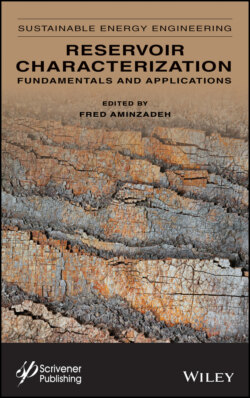Читать книгу Reservoir Characterization - Группа авторов - Страница 54
4
Characterization of Carbonate Source-Derived Hydrocarbons Using Advanced Geochemical Technologies
ОглавлениеHossein Alimi
University of Southern California USC, Global Conventional and Unconventional Geochemistry (GCUG)
Abstract
Various crude oil classifications have been proposed by geochemists and petroleum refiners. Geologists and geochemists are more interested in identifying and characterizing the crude oils, to relate them to source rocks and to measure their grade of evolution using advanced geochemical technologies. Carbonate source rocks studied are organically very rich, containing oil-prone kerogen capable of generating significant quantities of hydrocarbons.
Tertiary and Cretaceous oils studied are of carbonate origin and classified as aromatic-intermediate class. Most of the Tertiary oils studied are severely biodegraded while those from Cretaceous reservoirs are non-degraded.
Almost all the oils investigated show the following biomarker parameters, characteristic of oils derived from carbonate source rocks deposited in a marine environment under reducing conditions:
Predominance of phytane over pristane, (pristane/phytane ratio below 1),
Predominance of C29-norhopane over C30-hopane, (C29/C30 hopanes above 1),
High C35-homohopane index,
Low sterane/αβ-hopanes ratio, and
High dibenzothiophene/phenanthrene ratio (mostly above 1).
Keywords: Pristane, phytane, biodegradation, C29-norhopane, C30-hopane, carbonate-sourced oil, C35-homohopane index, biomarkers, dibenzothiophene/ phanathrene
